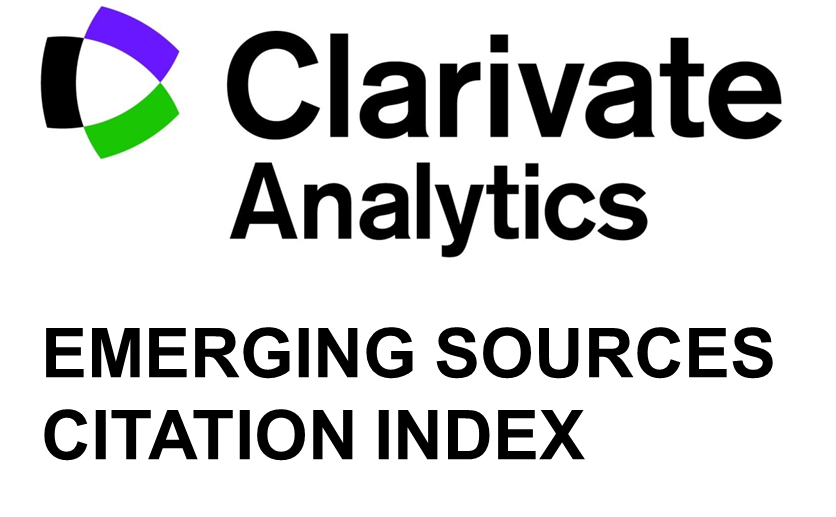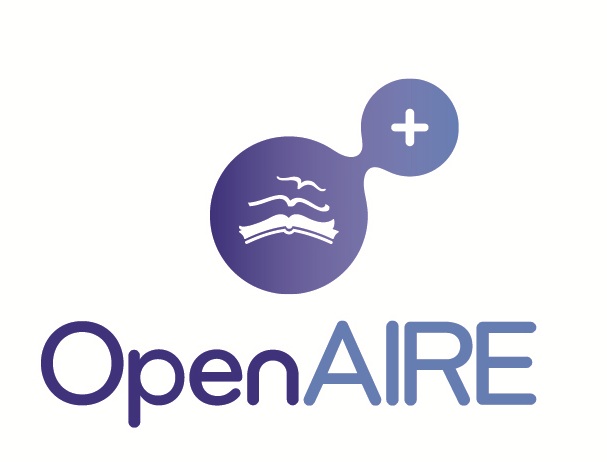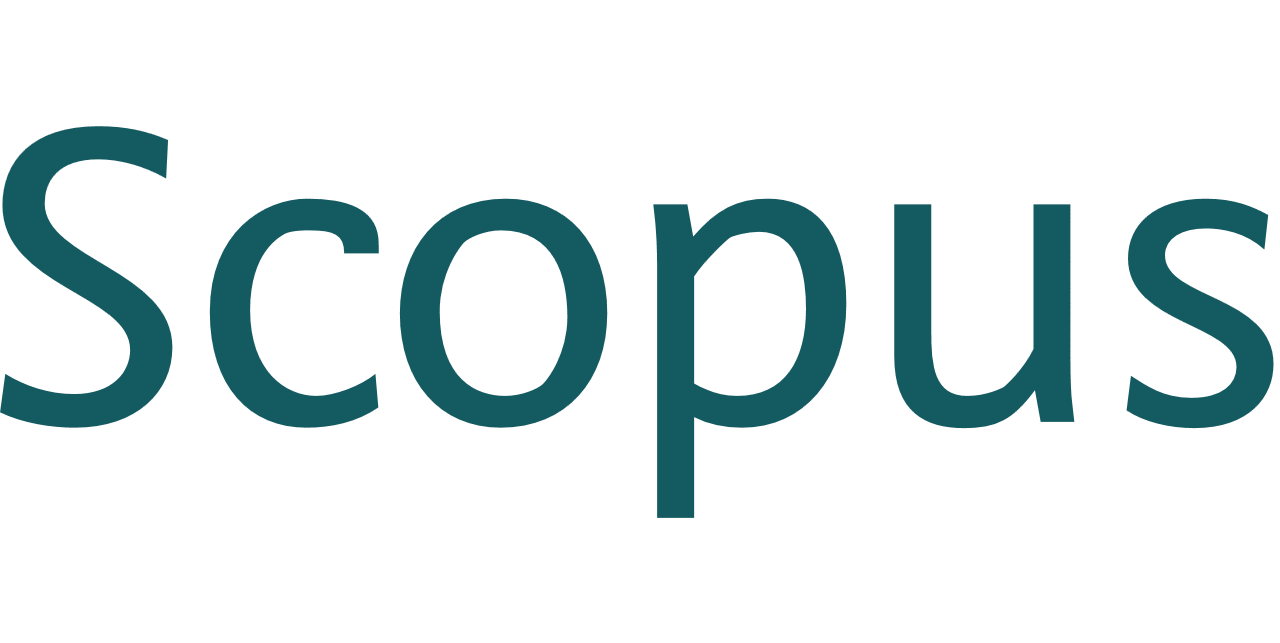Method Maximizing the Spread of Influence in Directed Signed Weighted Graphs
Alexander Nikolaevich Tselykh, Vladislav Sergeevich Vasilev, Larisa Anatolievna Tselykh, Simon Antonovich Barkovskii
DOI: 10.15598/aeee.v15i2.1950
Abstract
We propose a new method for maximizing the spread of influence, based on the identification of significant factors of the total energy of a control system. The model of a socio-economic system can be represented in the form of cognitive maps that are directed signed weighted graphs with cause-and-effect relationships and cycles. Identification and selection of target factors and effective control factors of a system is carried out as a solution to the optimal control problem. The influences are determined by the solution to optimization problem of maximizing the objective function, leading to matrix symmetrization. The gear-ratio symmetrization is based on computing the similarity extent of fan-beam structures of the influence spread of vertices v_i and v_j to all other vertices. This approach provides the real computational domain and correctness of solving the optimal control problem. In addition, it does not impose requirements for graphs to be ordering relationships, to have a matrix of special type or to fulfill stability conditions. In this paper, determination of new metrics of vertices, indicating and estimating the extent and the ability to effectively control, are likewise offered. Additionally, we provide experimental results over real cognitive models in support.






















